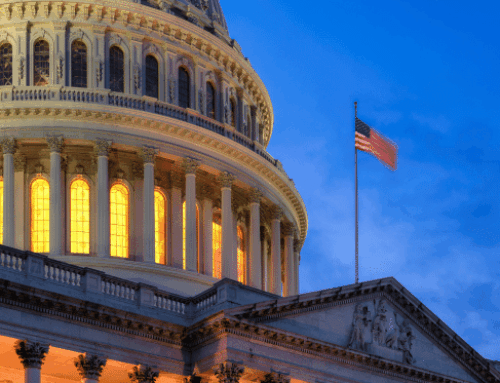“Chairman Ryan should be congratulated for taking the bull by the horns and releasing a budget resolution that recommends decisive steps to addressing the serious fiscal issues facing the country. It’s not perfect, but it is a constructive start that should be considered by all sides. As with any budget resolution, this lays out a framework rather than detailed plans for spending in all areas, but we’re pleased the framework proposed by Chairman Ryan encompasses the entire budget landscape.
“The devil is in the details and the nitty-gritty isn’t available on many of these proposals. In the end, the budget resolution is a guide, an instruction manual, on how the budget “should” be put together. Even with both chambers controlled by the same party, it isn’t often enforced strictly. Considering the Democratic Senate majority it is unlikely to go along, the final product (if there is one, which is a big “if”) will look a good bit different.”
#####
Let’s look at a few of the numbers floating around:
$6.2 trillion in spending cuts (10 years vs. PresBud; $5.8 trillion vs. baseline)
$4.4 trillion in deficit reduction (10 years vs. PresBud; $1.6 trillion vs. baseline)
These come from:
Ryan FY12-21: $40.0T Outlays; $34.9T Revenues; $5.1T Deficit
PresBud FY12-21 $46.2T Outlays; $36.7T Revenues; $9.5T Deficit
Baseline FY12-21: $45.8T Outlays; $39.0T Revenues; $6.7 Deficit
The resolution clearly identifies a goal of reducing Corporate and Individual top tax rates to 25% while eliminating a wide-range of tax expenditures. Which ones? We don’t know because those decisions are going to be made by the Ways & Means committee – or not. That is the challenge of budget resolutions, they establish the benchmarks, but others have to figure out how to meet them.
Other interesting provisions are long overdue cuts to mandatory agriculture spending, specifically, cuts to direct payments and reforms to crop insurance. Of course we’ll still be waiting for them because the resolution specifically allows the Ag Committee to wait until the next farm bill in 2012.
We also find that there are still budgetary sacred cows. Defense spending is largely held harmless, mirroring the budget recommendation of the President. Unlike the rest of the discretionary spending which is facing a cut down to less than 2008 levels, security – or more precisely – defense spending gets a little $78 billion haircut against the spending baseline.
Much has been discussed about the changes to Medicare. The Medicare changes are modeled on the Domenici-Rivlin proposal where the program is shifted from a fee-for-service model to a premium-support model. Essentially, individuals would be giving a certain amount for their health care premiums and would purchase coverage from the exchange. This only affects those under 55.
Medicaid and Supplemental Nutrition Assistance Program (food stamps) would be shifted to block grants for states.
They also include statutory discretionary spending caps, disallow advance appropriations to avoid spending limits and requiring increased oversight and accountability of mandatory spending. Also, proposals from the fiscal commission are adopted and duplicative agencies identified in a recent GAO report are targeted.








